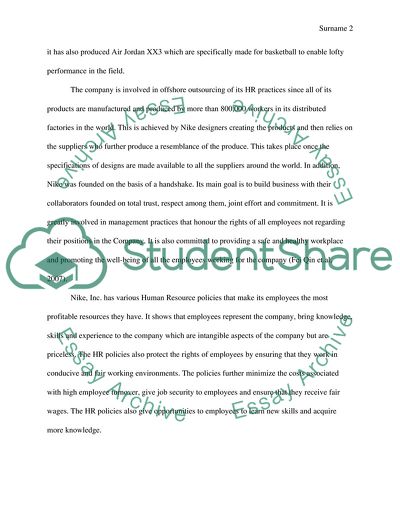Cite this document
(HR essay Example | Topics and Well Written Essays - 2250 words, n.d.)
HR essay Example | Topics and Well Written Essays - 2250 words. https://studentshare.org/human-resources/1813037-hr-essay
HR essay Example | Topics and Well Written Essays - 2250 words. https://studentshare.org/human-resources/1813037-hr-essay
(HR Essay Example | Topics and Well Written Essays - 2250 Words)
HR Essay Example | Topics and Well Written Essays - 2250 Words. https://studentshare.org/human-resources/1813037-hr-essay.
HR Essay Example | Topics and Well Written Essays - 2250 Words. https://studentshare.org/human-resources/1813037-hr-essay.
“HR Essay Example | Topics and Well Written Essays - 2250 Words”. https://studentshare.org/human-resources/1813037-hr-essay.


